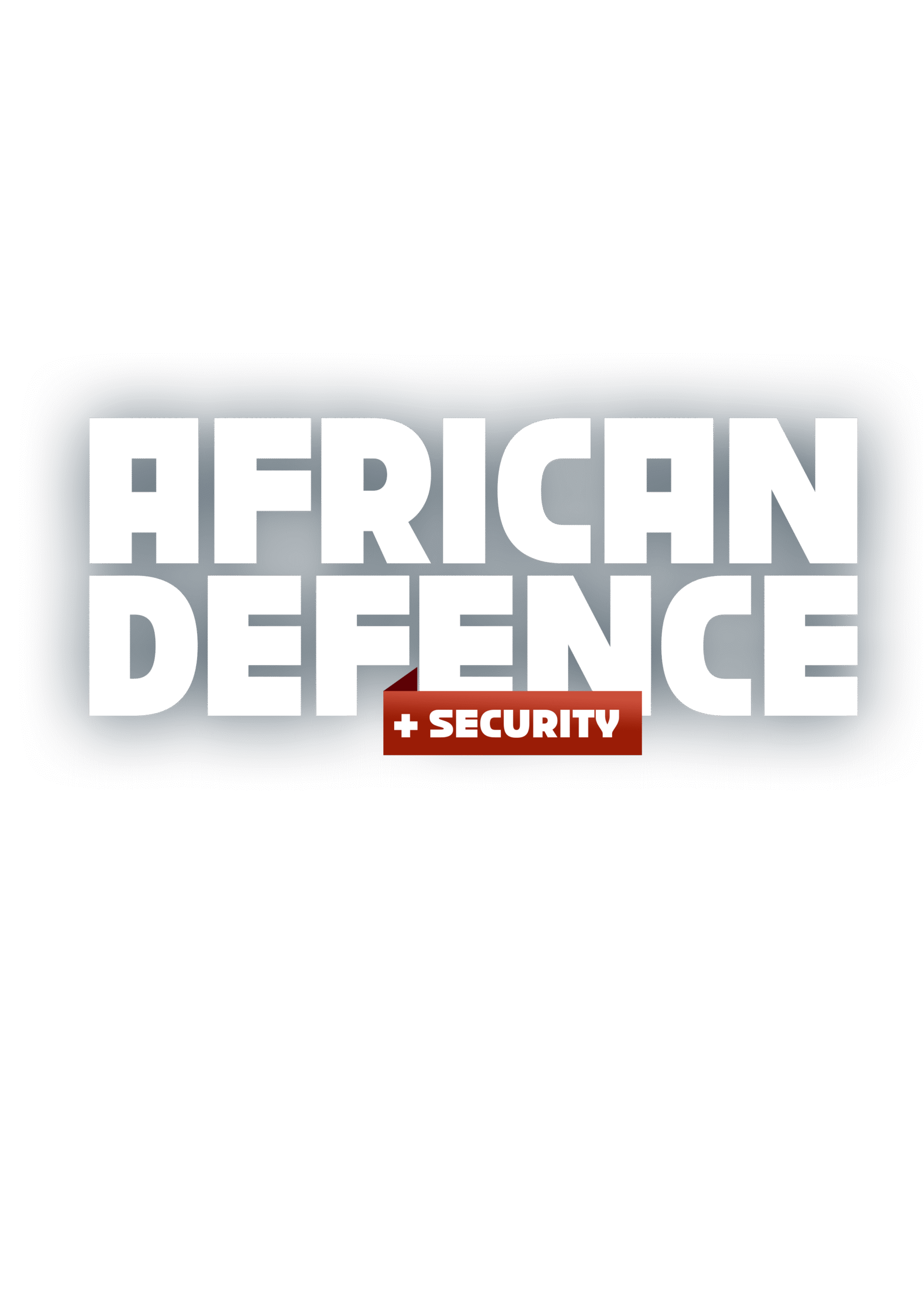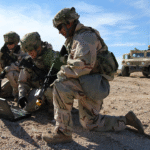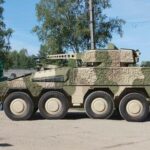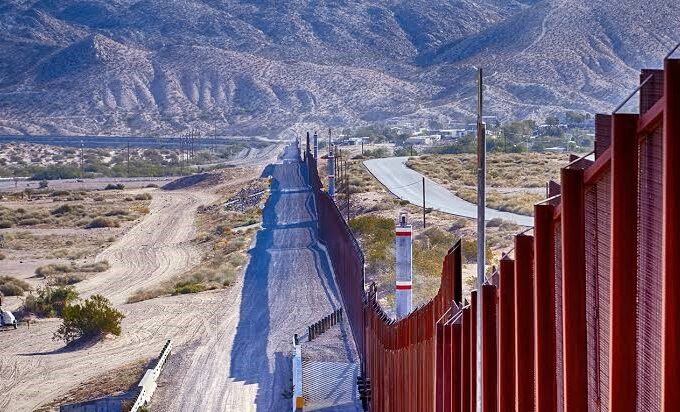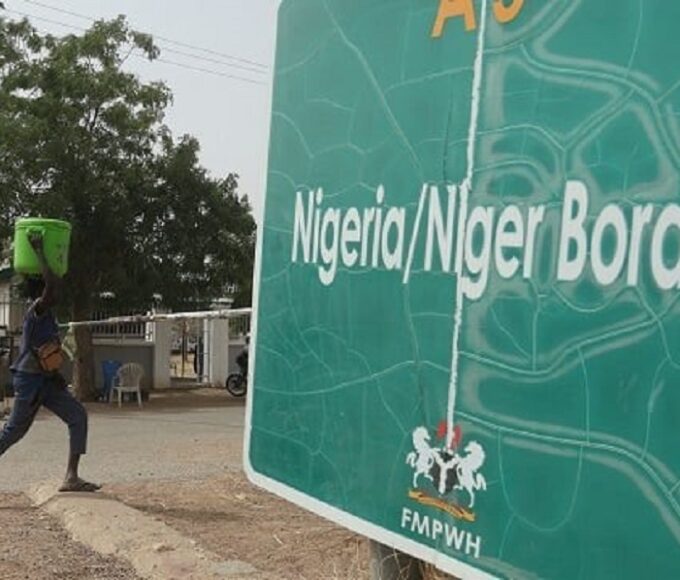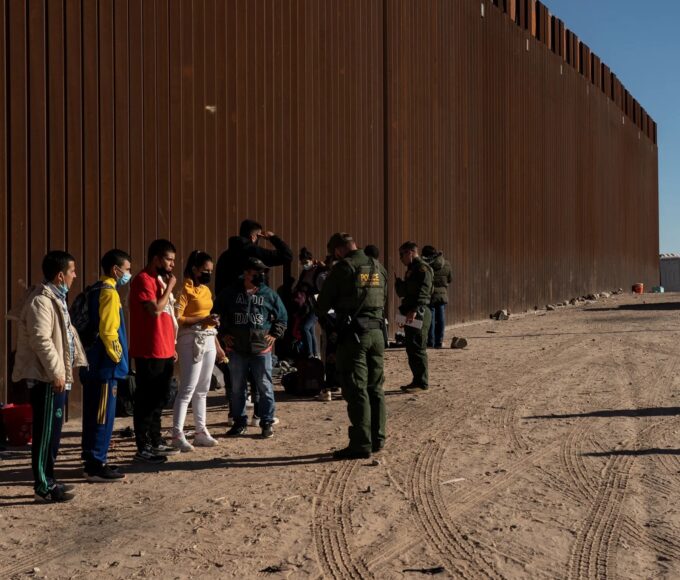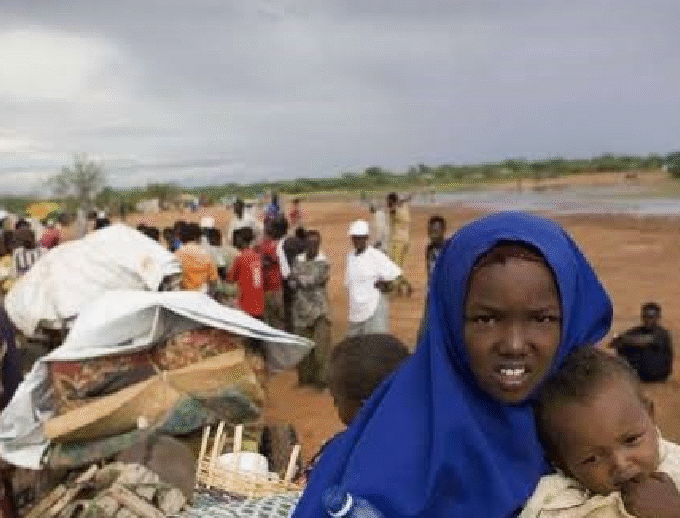Porous Borders and the Proliferation of Small Arms in Africa
This article examines the drivers of arms proliferation, the regional efforts to curtail it, and why border control remains central to any sustainable disarmament strategy.
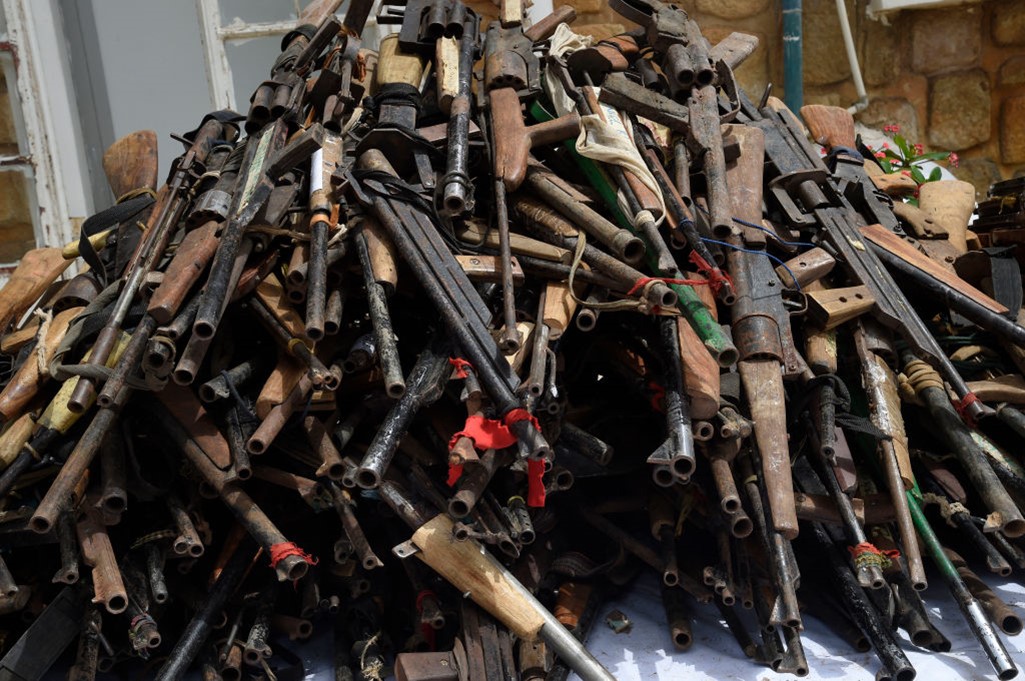
The unchecked flow of small arms and light weapons (SALWs) across Africa’s porous borders remains one of the continent’s most persistent security threats. From fuelling insurgencies in the Sahel to enabling gang violence in urban centres, the proliferation of illicit arms is intricately tied to Africa’s border security challenges.
This article examines the drivers of arms proliferation, the regional efforts to curtail it, and why border control remains central to any sustainable disarmament strategy.
Scope of the Crisis
According to the Small Arms Survey (2023), Africa is home to an estimated 40 million small arms, of which 80–90% are in civilian hands, including many in unregulated or illegal possession. Key smuggling routes span from Libya’s unsecured post-conflict depots to the Gulf of Guinea, the Great Lakes, and the Horn of Africa.
Key Drivers of Arms Proliferation
- Porous borders and ungoverned spaces
- Weak stockpile management in post-conflict states
- Black markets fed by global surplus weapons
- Insecurity and demand among civilians and militias
- Inadequate border and customs enforcement capacity
Hotspots and Smuggling Corridors
- Sahelian Route: Arms from Libya flow through Niger and Mali into Burkina Faso and Nigeria.
- Lake Chad Basin: Cross-border trafficking by Boko Haram and ISWAP fuels cycles of violence.
- Great Lakes Region: Eastern Congo remains a major source of leakage into Rwanda, Burundi, and Uganda.
- Horn of Africa: The Somalia–Ethiopia–Kenya triangle sees arms flow linked to piracy, terrorism, and clan militias.
Regional and Continental Responses
- ECOWAS Convention on SALW (2006): Sets a legally binding framework on arms import/export, marking, and tracking.
- AU Master Roadmap on Silencing the Guns (2030): Aims to eradicate the illicit arms trade continent-wide.
- RECSA (Regional Centre on Small Arms): Coordinates disarmament efforts in East and Central Africa.
- National SALW Commissions: Established in over 30 countries for local action planning.
Technology and Tracking
- Marking and Tracing: New protocols require serialisation of all arms and ammunition.
- Arms Seizure Databases: Countries like Ghana and Kenya are piloting digital databases of captured weapons.
- Border Detection Tools: Deployment of mobile scanners, sniffer dogs, and X-ray units at strategic posts.
Challenges to Implementation
- Non-state actors with cross-border reach
- Corruption and complicity in arms flows
- Lack of coordination between customs, police, and military
- Insufficient funding for disarmament programmes
The Way Forward: Border Control as Prevention
Addressing arms proliferation requires more than disarmament drives. It calls for an integrated strategy that includes:
- Hardening of borders through surveillance and joint patrols
- Intelligence-sharing across states and RECs
- Community disarmament and livelihood alternatives
- Stronger customs and port authority capacity-building
Conclusion: Disarmament Begins at the Border
Africa’s struggle with small arms is as much a governance issue as it is a technical one. Until the continent’s borders are secured and national arms control institutions strengthened, disarmament will remain a reactive and limited effort.
Arms Control Snapshot (2023–2024):
- Estimated illicit SALWs in circulation in Africa: 10–12 million
- ECOWAS member states with operational SALW commissions: 15
- % of arms seizures near borders: 65–75%
- Countries with electronic arms tracking systems: 10+
Recent Posts
Categories
- Air & Aerospace16
- Border Security15
- Civil Security4
- Civil Wars4
- Crisis5
- Cyber Security8
- Defense19
- Diplomacy19
- Entrepreneurship1
- Events5
- Global Security Watch6
- Industry8
- Land & Army8
- Leadership & Training5
- Military Aviation5
- Military History27
- Military Speeches1
- More1
- Naval & Maritime9
- Resources2
- Security12
- Special Forces1
- Systems And Technology9
- Tech6
- Uncategorized3
- UNSC1
- Veterans6
- Women in Defence9
Related Articles
THE CASE FOR CONTINENTAL BORDER SECURITY STANDARDS
Africa’s borders remain both an opportunity and a liability. They enable trade,...
ByKing Richard Igimoh, Group Editor ALODecember 27, 2025BORDER SECURITY – LESSONS FROM ECOWAS BORDER MANAGEMENT STRATEGIES
Since its founding in 1975, the Economic Community of West African States...
ByKing Richard Igimoh, Group Editor ALONovember 21, 2025COMMUNITY INTELLIGENCE AT BORDERS: SUCCESSES AND FAILURES
Border security increasingly relies on community intelligence the collection and use of...
ByKing Richard Igimoh, Group Editor ALOOctober 6, 2025REFUGEE MOVEMENTS AND BORDER FORCE DILEMMAS
In today’s world of conflict, climate change, and widening economic divides, refugee...
ByKing Richard Igimoh, Group Editor ALOSeptember 24, 2025
